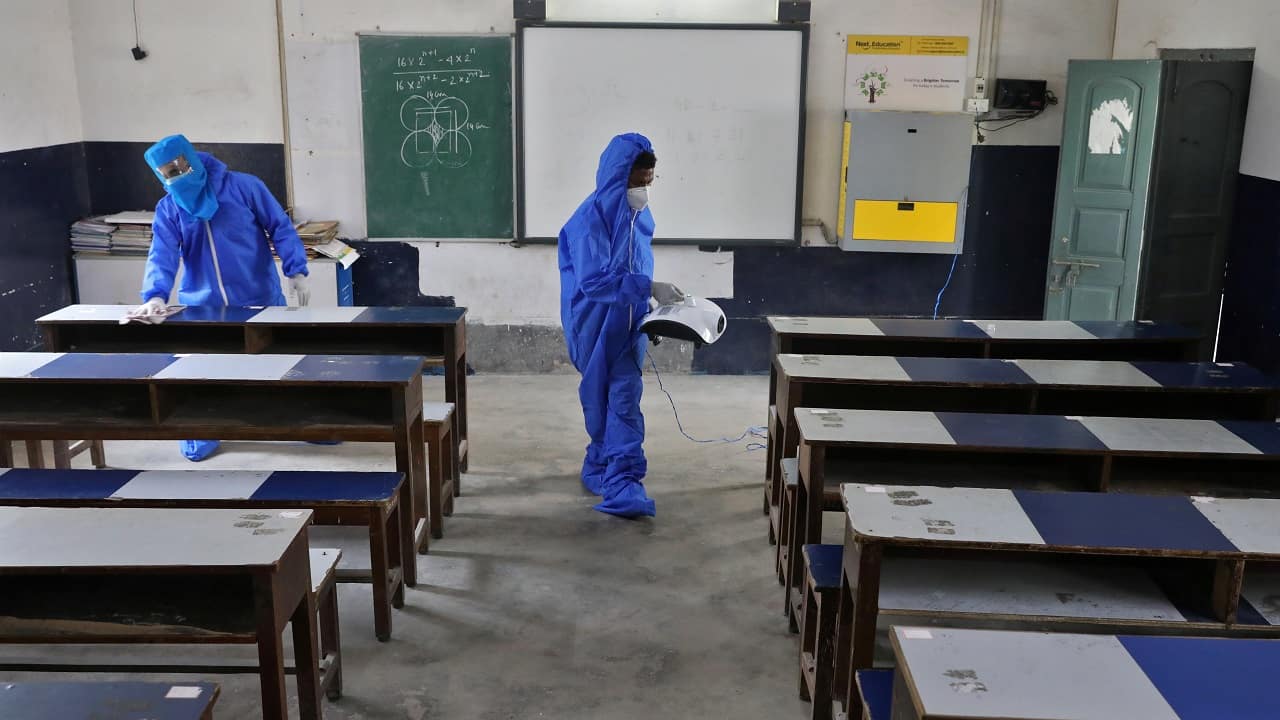The Union Home Ministry on October 27 extended guidelines for reopening and resumption of social and economic activities in the country to Nhttp://livecms.moneycontrol.com/wp-admin/edit.php?post_type=pageovember 30. The existing guidelines for ‘Unlock 5.0’ were issued in September had been originally planned to remain in force till October 31.
Schools across India were closed in March when the nationwide lockdown was imposed to curb the spread of the novel coronavirus.
Over the last few months, a number of activities such as resumption of metro rail services, reopening of shopping malls and restaurants for in-house dining have been allowed in a staggered manner. However, extension of Unlock 5.0 guidelines until November-end means no immediate changes in norms for what is informally being called ‘Unlock 6.0’.
The Centre had permitted state governments and Union Territory (UT) administrations to take decisions for their re-opening of educational institutions outside containment zones, based on the assessment of the situation and subject to standard operating procedures.
Some states have since allowed reopening of schools and colleges in a staggered manner for some classes. Online teaching has been encouraged for other classes.
Follow our LIVE blog for the latest updates of the novel coronavirus pandemic
SOP for reopening schools
Detailed guidelines to reopen schools were issued by the central government. These include standard operating procedures (SOP) like the duration of the classes, what activities are allowed and how social distancing will be maintained.
According to the guidelines, the schools will have to follow strict sanitisation of school premises before and after classes daily. They will also have to arrange sanitisers and thermal screenings for students and all staff.
Students have the option of not going to school and continue with online classes. However, they need written consent of parents or guardians if they want to attend school in-person.
No change in reopening plans
Schools for some classes have already reopened in Uttar Pradesh, Punjab and Sikkim. Schools in Uttarakhand will reopen on November 2 for classes 10 and 12. Some states like Maharashtra and Gujarat have said they would take a call only after the festive season. Schools in Delhi will remain closed till further orders. Thus, these plans are likely to remain unchanged.
Click here for Moneycontrol’s full coverage of the novel coronavirus pandemic
Discover the latest Business News, Sensex, and Nifty updates. Obtain Personal Finance insights, tax queries, and expert opinions on Moneycontrol or download the Moneycontrol App to stay updated!









